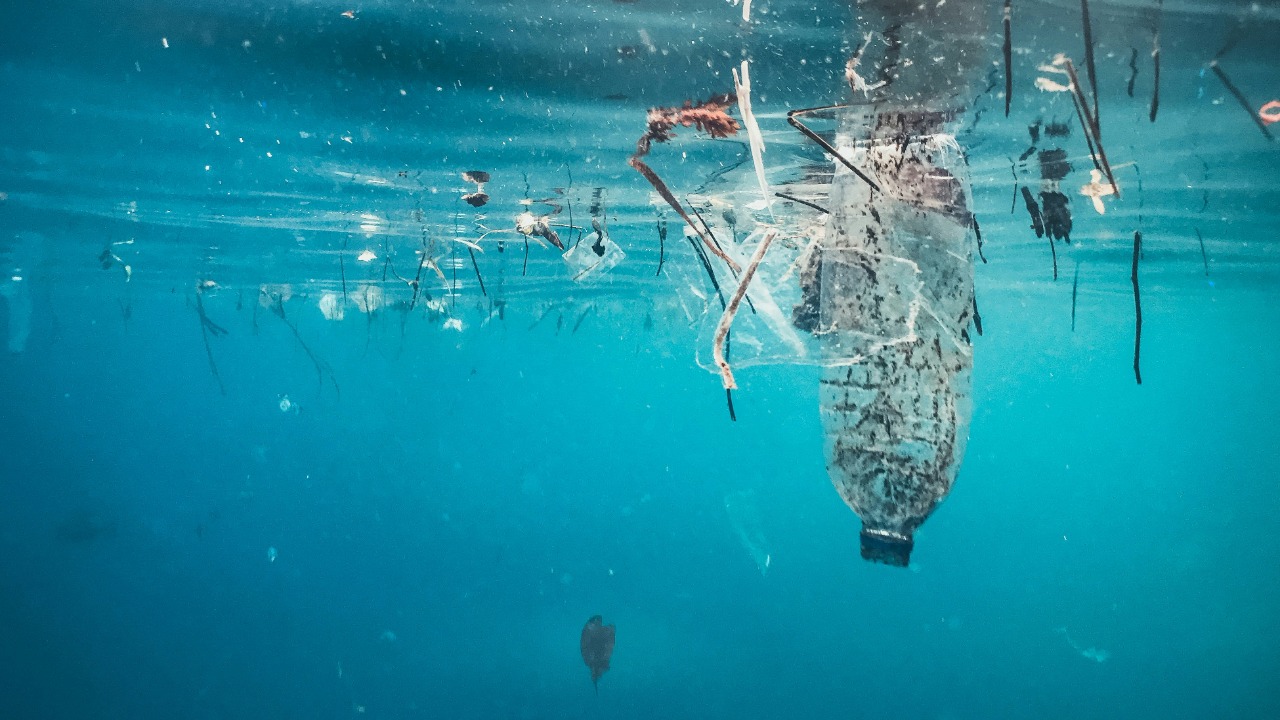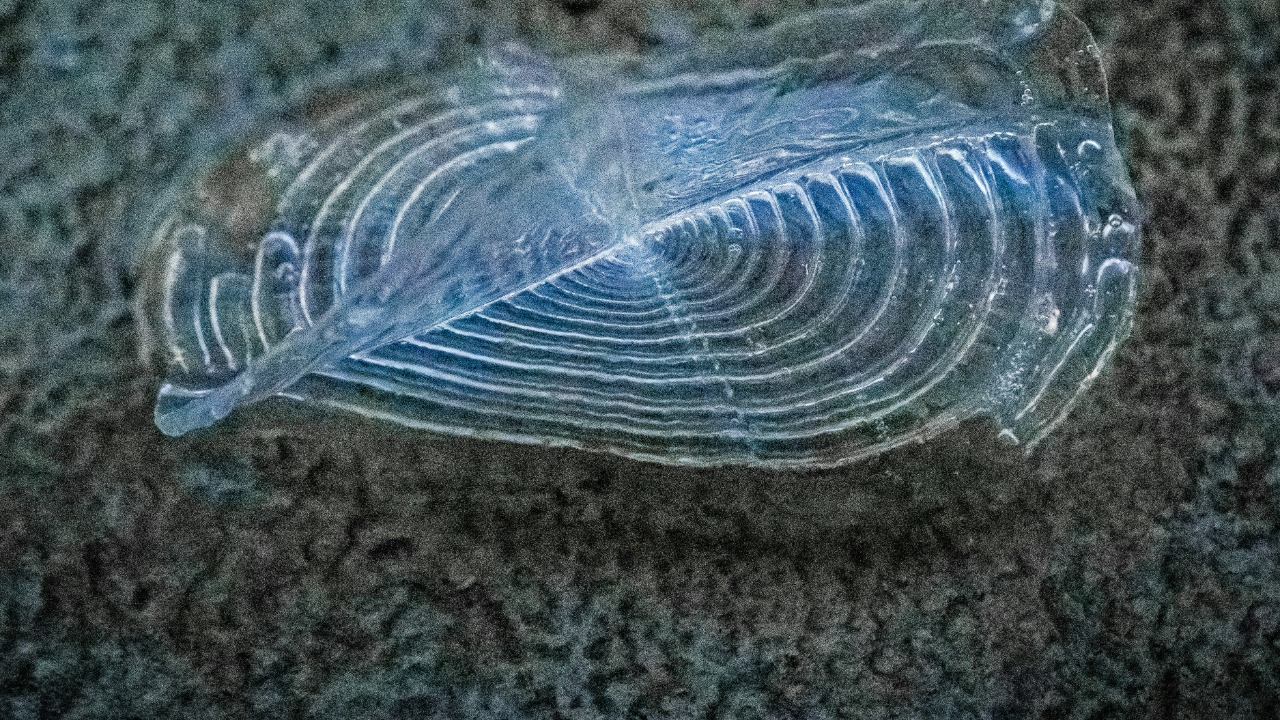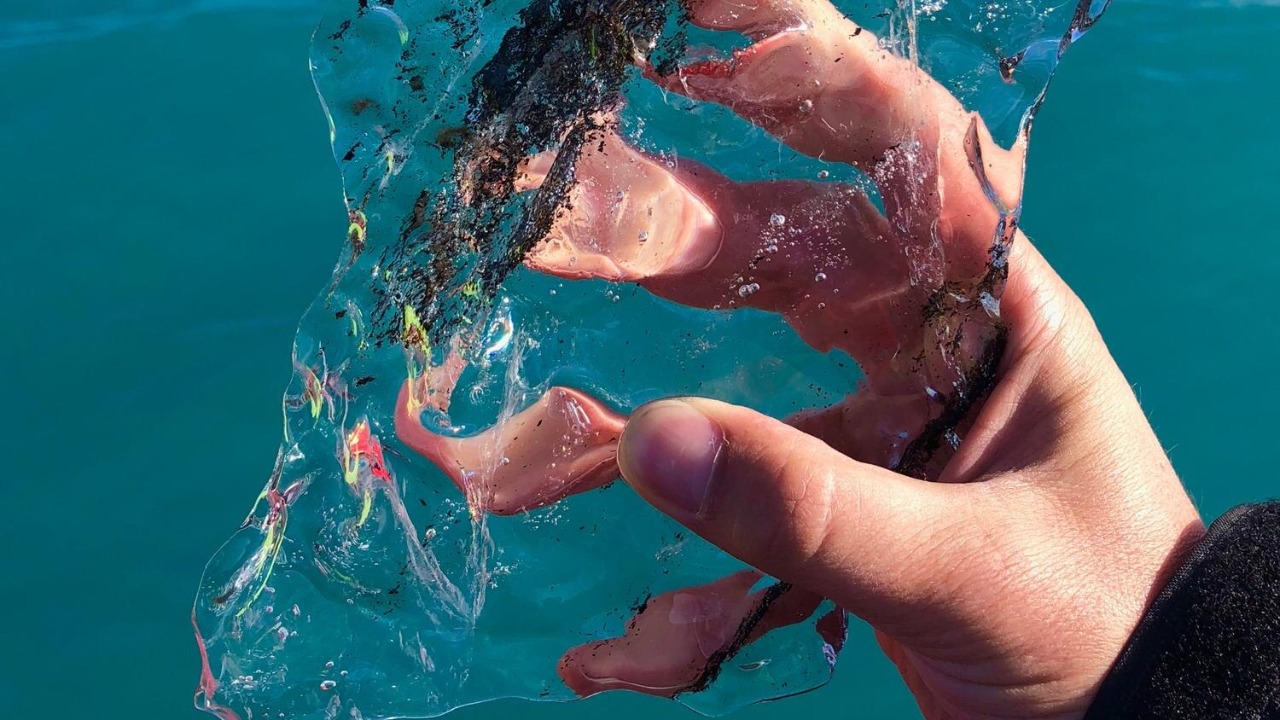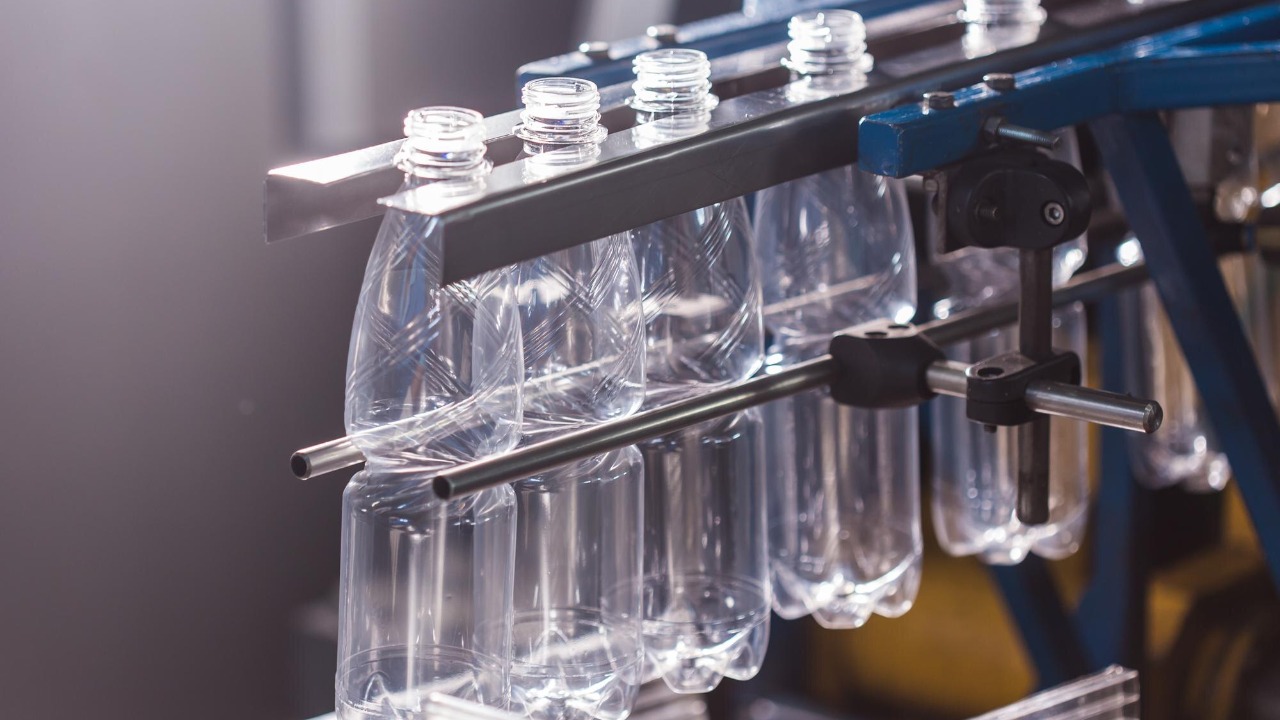
The marine plastic pollution crisis poses a significant threat to our oceans, with millions of tons of plastic waste entering marine ecosystems annually. Among the potential solutions, LAHB bioplastic, a new biodegradable material, emerges as a promising candidate. It holds the potential to mitigate the harmful effects of plastic pollution in marine environments. The development of LAHB bioplastic represents a significant advancement in addressing this issue, offering unique benefits while also presenting certain challenges.
The Rise of Marine Plastic Pollution

Marine plastic pollution has reached alarming levels, with an estimated 8 million metric tons of plastic waste entering the oceans every year. This accumulation has dire consequences for marine life, as plastics can persist in the environment for hundreds of years, breaking down into microplastics that are ingested by marine organisms. The ecological impacts extend beyond individual species, disrupting entire ecosystems and threatening biodiversity. The problem is exacerbated by the increasing production of single-use plastics, which constitute a significant portion of the waste found in oceans.
Despite efforts to address this growing crisis, current solutions have proven largely ineffective. Traditional recycling methods struggle to keep up with the sheer volume of plastic waste, and many plastics are not economically viable to recycle. Cleanup efforts, while valuable, only remove a fraction of the waste already present in the oceans. Moreover, existing biodegradable plastics often fail to break down efficiently in marine environments, limiting their effectiveness. As a result, innovative solutions like LAHB bioplastic are being developed to tackle these challenges.
What is LAHB Bioplastic?

LAHB bioplastic is made from a unique blend of materials designed to enhance biodegradability in marine environments. It incorporates organic compounds that are readily broken down by marine microorganisms, ensuring that the material does not persist in the ocean for prolonged periods. This composition sets it apart from traditional plastics, which are primarily derived from non-renewable petroleum-based sources and are resistant to decomposition. The design of LAHB bioplastic aims to balance durability with environmental compatibility, making it suitable for a range of applications.
The development of LAHB bioplastic is the result of extensive research and innovation. Scientists and institutions have dedicated significant resources to overcoming the limitations of existing biodegradable plastics. Key breakthroughs have included optimizing the material’s structure to enhance its breakdown in seawater and developing scalable manufacturing processes. These advancements have been crucial in the creation of a bioplastic that not only meets environmental standards but also performs effectively in real-world conditions. A detailed exploration of these efforts can be found in a recent study highlighting the milestones achieved in LAHB bioplastic development.
Benefits of LAHB Bioplastic in Marine Environments

One of the standout benefits of LAHB bioplastic is its biodegradability. Unlike conventional plastics, which can remain in the environment for centuries, LAHB bioplastic is designed to degrade within a matter of months when exposed to marine conditions. This rapid breakdown significantly reduces the long-term ecological harm typically associated with plastic waste. The environmental impact is further minimized as the bioplastic decomposes into non-toxic byproducts, thereby preventing the accumulation of microplastics in marine food chains.
The potential for widespread adoption of LAHB bioplastic is bolstered by its compatibility with existing manufacturing processes. Industries can integrate this bioplastic into their production lines without the need for extensive retooling, which presents economic incentives for adoption. Moreover, as environmental regulations become more stringent, the use of sustainable materials like LAHB bioplastic offers companies a competitive advantage. The economic and environmental incentives align to create a compelling case for industries to transition away from traditional plastics, promoting a shift towards more sustainable practices. More insights into the design and potential of biodegradable bioplastics are accessible through recent technological advancements.
Challenges and Considerations

Despite its promising potential, the adoption of LAHB bioplastic is not without challenges. Production costs remain a significant barrier, as the processes involved in creating bioplastic are often more expensive than traditional plastic manufacturing. Additionally, scaling production to meet global demand requires substantial investment and innovation. Market acceptance is another hurdle, as consumers and industries may be hesitant to switch to new materials without clear incentives or regulatory mandates.
Further research and development are essential to overcome these obstacles. Scientists continue to explore ways to enhance the efficiency of LAHB bioplastic production and its applicability across different industries. Collaborative efforts between governments, institutions, and private enterprises are crucial in fostering an environment conducive to bioplastic innovation. Policies and international cooperation play a pivotal role in promoting the use of bioplastics, ensuring that they become a viable alternative to conventional plastics. The role of policy and international cooperation in advancing bioplastic adoption is further discussed in a future-oriented analysis.
The Future of Bioplastics in Combatting Marine Pollution

The long-term vision for bioplastics in ocean conservation is optimistic, with the potential for significant positive impacts on marine ecosystems. As the adoption of bioplastics like LAHB increases, we can expect a reduction in plastic waste and a corresponding improvement in the health of marine environments. Future advancements in bioplastic technology, such as enhanced degradation rates and broader application scopes, will further solidify their role in combatting marine pollution.
Case studies and pilot projects provide valuable insights into the practical application of LAHB bioplastic. For example, several coastal communities have initiated programs to replace conventional plastics with bioplastics in local industries, yielding promising results. These initiatives demonstrate the feasibility of large-scale bioplastic adoption and offer lessons for future projects. The experiences of early adopters highlight the importance of collaboration and innovation in successfully integrating bioplastics into existing systems. A closer look at the successes and challenges faced by these projects can be found in uplifting news stories from around the globe.